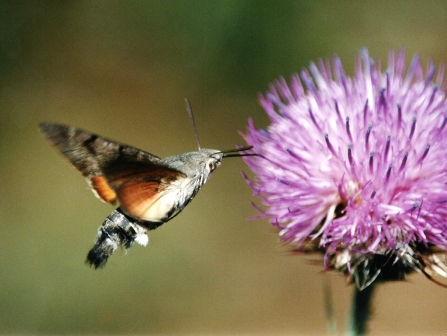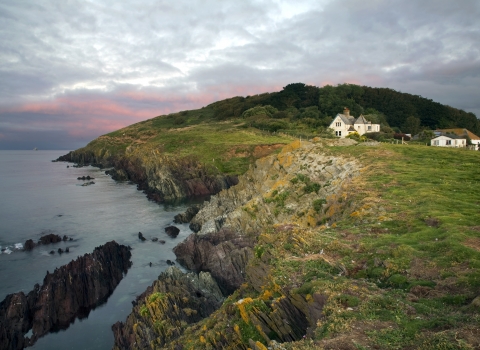The teeny-weeny stuff
I have to start with the loud buzzing that went on around my head when I was trying to paint the exterior of the Radio Shack. From the noise I guessed it wasn’t a bee – although there have been plenty of them around in the recent warm and sunny weather.
The sound I was heard was sort of deeper, like a hum? Then there was the way it zipped and then hovered that told me that I was being ‘buzzed’ by what is normally a traveller from a far – a migrant, day flying moth. It was a Hummingbird Hawkmoth! This is interesting as seems like a particularly early record for us, maybe this individual overwintered here? Normally we start seeing them in May and they are a real treat. Their wings beat at an incredible 70 - 80 beats per second and it’s that which allows them to 'hover' and in turn produces a loud humming sound. See, that’s amazing!


